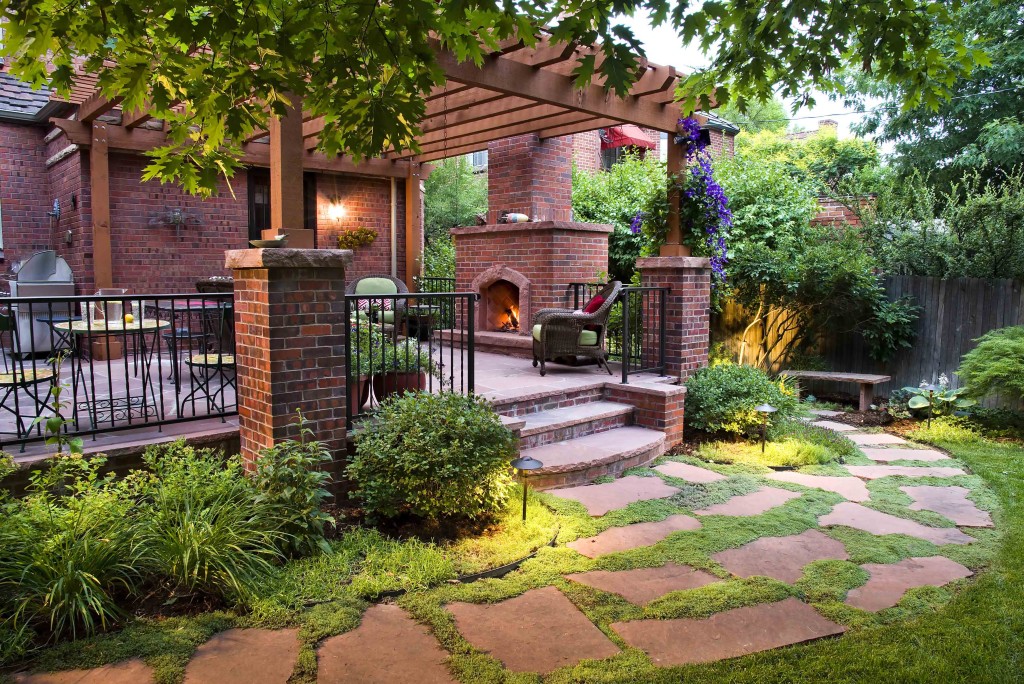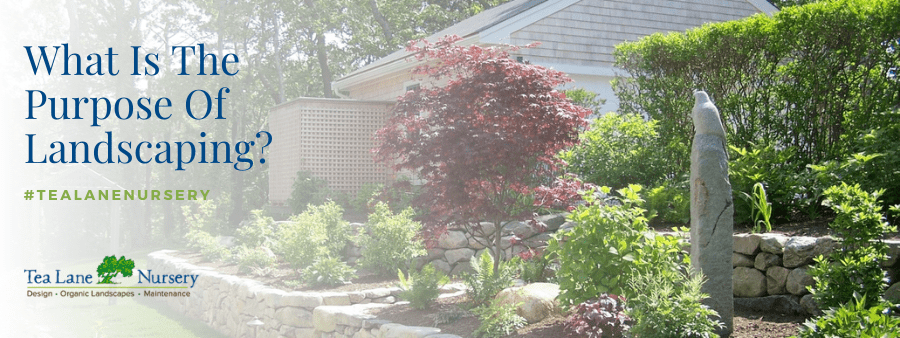Hilton Head Landscapes Can Be Fun For Everyone
Hilton Head Landscapes Can Be Fun For Everyone
Blog Article
Not known Incorrect Statements About Hilton Head Landscapes
Table of ContentsThe 7-Minute Rule for Hilton Head LandscapesThe smart Trick of Hilton Head Landscapes That Nobody is Talking AboutHilton Head Landscapes - The FactsAbout Hilton Head LandscapesIndicators on Hilton Head Landscapes You Need To KnowThe Definitive Guide for Hilton Head LandscapesIndicators on Hilton Head Landscapes You Need To KnowGetting The Hilton Head Landscapes To Work
Kind compatibility is likewise a major component of unity in designone or more noticeably various kinds benefit comparison and emphasis, but generally all other types must have some resemblances for a combined appearance. Appearance describes how coarse or fine the surface of the plant or hardscape material really feels and/or looks.
Examples of plants with crude structure include philodendrons, agaves, bromeliads, hollies, palms, and hydrangeas. Hardscape with crude structure includes rough-cut stone, rough-finished block, and unfinished wood with knots and a raised grain. Matured or old building and construction material that maintains a weather-beaten surface area is commonly rugged in texture. Qualities that produce great structure include tiny foliage; slim, strappy leaves (yards) or high, thin stems; tiny, thick twigs and little branches; long stems (vines); and tiny, delicate blossoms.
Little Known Questions About Hilton Head Landscapes.
Most plants are moderate structure, because they can not be defined as having either coarse or great appearance. They are characterized by medium-sized fallen leaves with straightforward shapes and smooth sides. The average-sized branches are not largely spaced nor extensively spaced, and the overall kind is typically rounded or mounding. Medium-textured plants work as a history to link and unify the crude- and fine-textured plants.

To make an area really feel smaller, place the rugged textures along the outer border and the great structures closest to the viewer. The information of the coarse appearance makes the plants show up closer and makes the area really feel smaller sized. The regarded appearance of plants can additionally change with the distance from the plant.
The 7-Minute Rule for Hilton Head Landscapes
Vibrant shades enhance the contrast and make the appearance show up coarser, while muted shades can squash structure. Hardscape with a coarse texturesuch as really rough rocks and bold, huge timberstends to make all plant product appear a lot more moderate textured. Designers frequently establish a structure research study (Figure 8) on paper to assist make a decision the arrangement of plant products.
Shade in plant material and hardscape includes interest and range to the landscape. Shade is the most noticeable component in the landscape and is typically the emphasis of many property owners; nonetheless, it is likewise the most short-lived aspect, usually lasting just a couple of weeks a year for individual plants.
Hilton Head Landscapes Fundamentals Explained
An easy summary of the color wheel includes the three primaries of red, blue, and yellow; the three additional colors (a mix of two primaries) of eco-friendly, orange, and violet; and 6 tertiary shades (a mix of one nearby main and second shade), such as red-orange. Shade concept explains the relationship of colors to each other and helpful resources exactly how they need to be made use of in a make-up.

Similar (often called unified) color pattern are any kind of 3 to 5 colors that are adjacent on the shade wheel, such as red, red-orange, orange, yellow-orange, and yellow, or blue, blue-violet, and violet (hilton head landscapers). The colors are associated to each other since they usually include 2 primaries blended to create a second and 2 tertiary shades, which indicates they share common buildings
Corresponding shades are usually located normally in blossoms; a typical pair is yellow and violet. Color is found in the blossoms, vegetation, bark, and fruit of plants.
Little Known Questions About Hilton Head Landscapes.
Green foliage in all its various tones is the dominant color by amount, however various other colors record focus much more readily due to the fact that of their high contrast to the shade environment-friendly. Shade is likewise found in structures, rocks, pavers, wood, and furniture. Most shades in natural products, such as rock and timber, are normally low-key and have a tendency to be variants of brown, tan, and pale yellow.
Colors have buildings that can affect emotions, spatial perception, light quality, equilibrium, and focus. Awesome colors tend to be calming and should be used in locations for leisure and tranquility.
The Best Guide To Hilton Head Landscapes
The "temperature level" of colors can also influence the perception of range. Cool shades often tend to recede and are perceived as being farther away, making a space really feel larger. Cozy colors often tend to breakthrough and are viewed as being more detailed, making an area feel smaller sized. Color can additionally be used to record interest and straight views.
Brilliant yellow, which has the highest possible intensity, likewise has a high comparison with all other colors (usually explained as a "pop" of shade) and should be utilized moderately. A tiny amount of extreme shade has as much aesthetic weight as a large amount of an extra subdued or weak color.
Analogous (in some cases called unified) color plans are any type of 3 to five colors that are nearby on the shade wheel, such as red, red-orange, orange, yellow-orange, and yellow, or blue, blue-violet, and violet. The shades belong to each other due to the fact that they commonly consist of 2 key shades mixed to form a second and 2 tertiary shades, which suggests they share usual homes.
Hilton Head Landscapes Fundamentals Explained
Complementary colors are often found naturally in blossoms; a typical set is yellow and violet. Shade is located in the blossoms, vegetation, bark, and fruit of plants.
Green foliage in all its various tones is the leading color by amount, but various other shades catch attention a lot more conveniently due to their high contrast to the shade eco-friendly - landscape design hilton head - https://padlet.com/stevenagonzales/my-delightful-padlet-65fq7sgb974pr3v2. Shade is likewise located in structures, rocks, pavers, wood, and furnishings. A lot of shades in natural materials, such as rock and wood, are generally low-key and have a tendency to be variations of brownish, tan, and pale yellow
Some Of Hilton Head Landscapes
Color is an important aspect for developing rate of interest and variety in the landscape. Shades have properties that can influence emotions, spatial assumption, light high quality, balance, and focus. One building of color is described loved one to temperaturecolors show up to be cool or cozy and can affect feelings or feelings. Awesome colors often tend to be relaxing and should be made use of in areas for relaxation and tranquility.
Trendy shades often tend to decline and are regarded as being further away, making an area feel bigger. Shade can likewise be used to capture focus and straight views - https://www.anyflip.com/homepage/laavm#About.
As an example, brilliant yellow, which has the greatest intensity, also has a high comparison with all various other shades (commonly called a "pop" of color) and should be conserved. A small amount of intense shade has as much aesthetic weight as a large amount of a more subdued or weak color.
Report this page